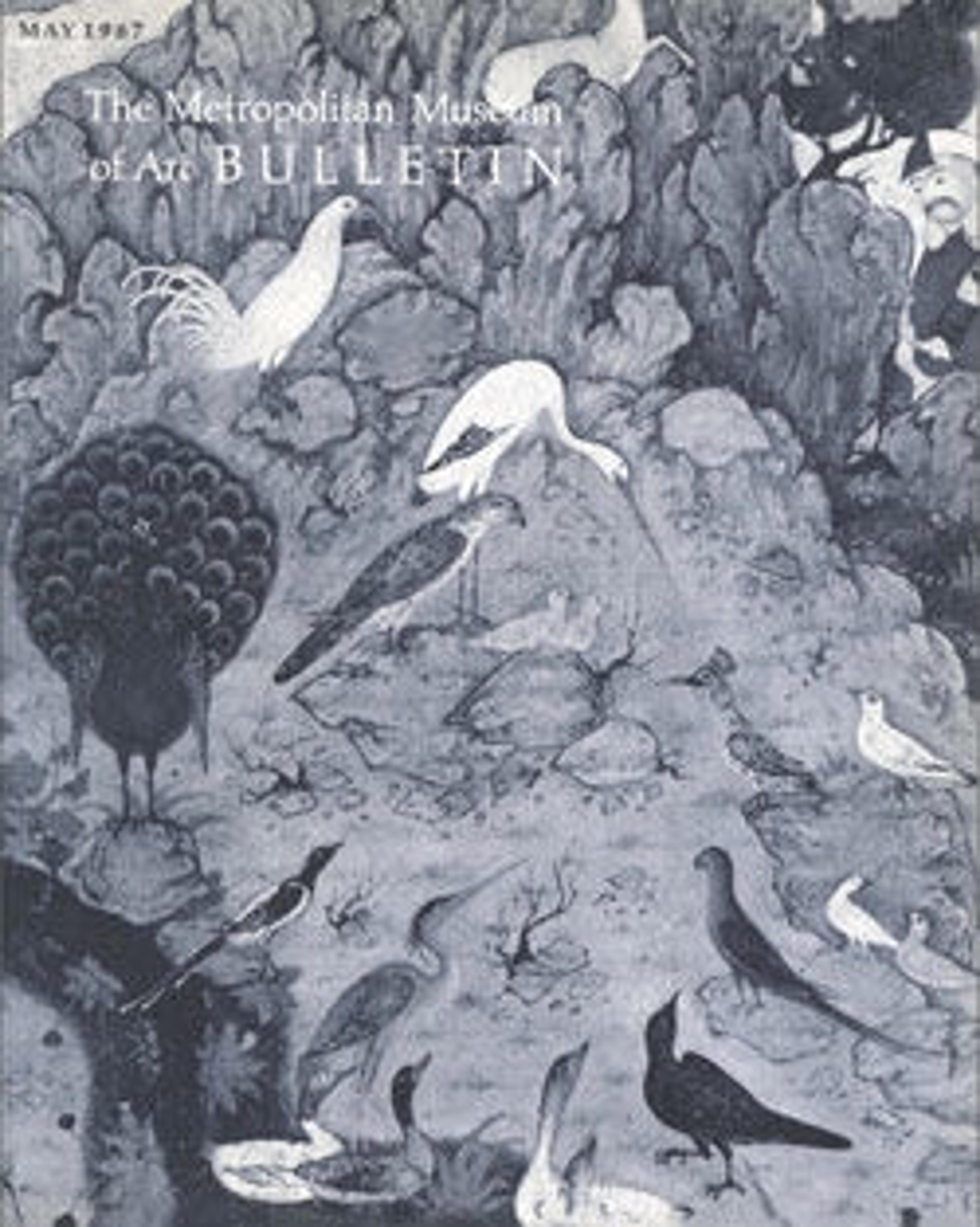"The Beggar who Professed his Love for a Prince", Folio 28r from a Mantiq al-Tayr (Language of the Birds)
This painting once formed part of a rare surviving illustrated copy of Farid al‑Din 'Attar’s mystical poem, the Mantiq al‑Tair (Language of the Birds). Commissioned by a wealthy patron during the reign of the Timurid ruler Sultan Husain Baiqara (r. 1470–1506) at Herat, the manuscript contains four fifteenth‑century paintings—attributed by some to the celebrated master Bihzad.
Artwork Details
- Title:"The Beggar who Professed his Love for a Prince", Folio 28r from a Mantiq al-Tayr (Language of the Birds)
- Author:Farid al-Din `Attar (Iranian, Nishapur ca. 1142–ca. 1220 Nishapur)
- Date:dated 892 AH/1486 CE
- Geography:Made in present-day Afghanistan, Herat
- Medium:Ink, opaque watercolor, silver, and gold on paper
- Dimensions:Painting: H. 8 3/8 in. (21.3 cm)
W. 4 1/2 in. (11.4 cm)
Page: H. 13 1/16 in. (33.2 cm)
W. 8 7/16 in. (21.4 cm)
Mat: H. 19 1/4 in. (48.9 cm)
W. 14 1/4 in. (36.2 cm) - Classification:Codices
- Credit Line:Fletcher Fund, 1963
- Object Number:63.210.28
- Curatorial Department: Islamic Art
More Artwork
Research Resources
The Met provides unparalleled resources for research and welcomes an international community of students and scholars. The Met's Open Access API is where creators and researchers can connect to the The Met collection. Open Access data and public domain images are available for unrestricted commercial and noncommercial use without permission or fee.
To request images under copyright and other restrictions, please use this Image Request form.
Feedback
We continue to research and examine historical and cultural context for objects in The Met collection. If you have comments or questions about this object record, please contact us using the form below. The Museum looks forward to receiving your comments.
